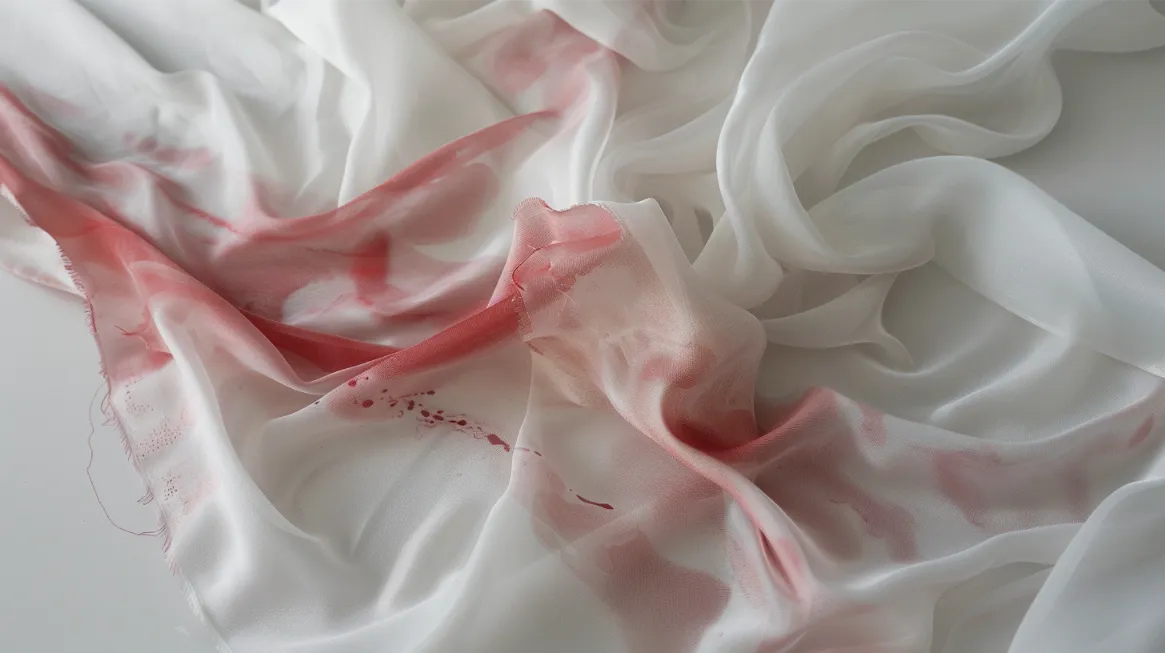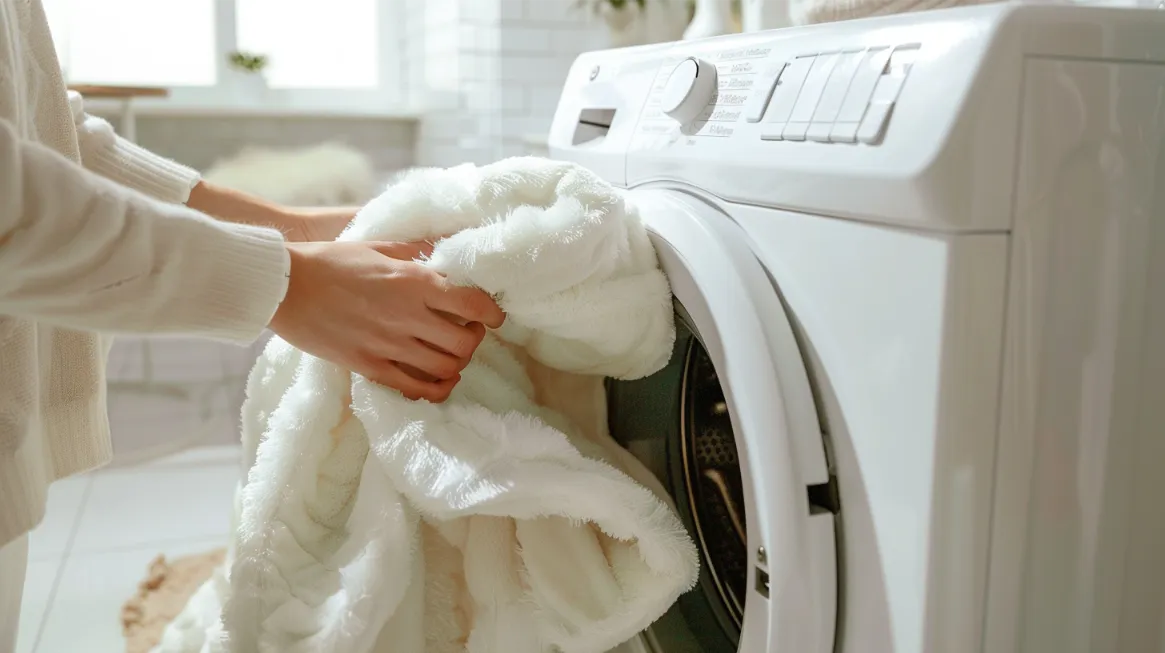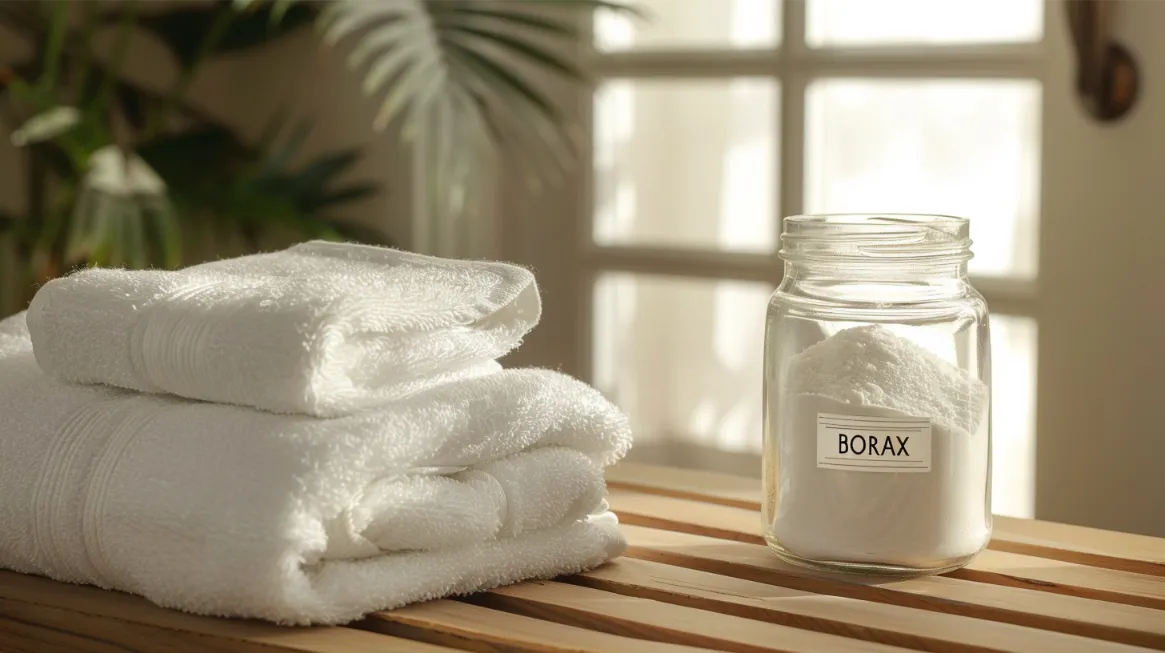Cleaning faux fur at home is necessary to maintain the pristine condition of your garments. Following the 7 essential steps ensures your faux fur stays clean, soft, and fluffy. Each step is vital in achieving optimal results, from gathering the necessary supplies to fluffing and brushing the faux fur.
But there’s more to it than just the steps themselves. In this discussion, we’ll explore the techniques, tips, and tricks to make your faux fur cleaning experience effortless and effective.
So, if you want to discover the secrets to keeping your faux fur looking brand new, keep reading.
Key Takeaways
- Use essential supplies and techniques like mild detergent and a soft-bristled brush to clean faux fur effectively at home.
- Proper drying techniques preserve quality, prevent shrinking, and maintain the appearance and texture of faux fur items.
- Regular fluffing and brushing with a soft brush or faux fur comb help maintain the softness and appearance of faux fur.
- Gentle dirt removal and effective fluffing techniques are essential for maintaining faux fur’s fresh look and texture.
Gather Necessary Supplies
To begin the process of cleaning faux fur at home, it is essential to gather the necessary supplies. For handwashing faux fur, you will need a mild detergent or gentle soap suitable for this delicate material. Ensure a basin or sink is filled with cold water to wash the faux fur item. A soft-bristled brush or comb will also help detangle and refresh the faux fur. After washing, you will need a clean towel to press out excess water from the fur. You can also consider using a fabric softener during the rinse cycle for added softness if desired.
When gathering the necessary supplies, it is important to ensure they are suitable for faux fur and will not cause any damage or discoloration. The gentle soap or mild detergent should be specifically formulated for delicate fabrics. Cold water is preferred for washing faux fur, as hot water can cause the fibers to melt or lose shape. The soft-bristled brush or comb should be gentle enough to prevent any pulling or breakage of the faux fur strands. Finally, using a clean towel to press out excess water will help maintain the fluffiness and shape of the faux fur item.
Shake Out the Faux Fur
Before spot cleaning or washing faux fur items, it is essential to shake out the fur to remove dust, debris, and surface dirt. Faux fur is prone to collecting these particles, which can dull its appearance and cause matting if not addressed. By shaking out the faux fur, you can effectively fluff up the fibers and restore their volume, giving the fur a fuller and more vibrant look. Regularly performing this step can help prevent matting and maintain the overall appearance of the faux fur.
To shake out the faux fur, gently grasp the item and give it a few brisk shakes. Be careful not to shake too vigorously, as this can damage the fibers or seams. Instead, aim for a gentle and controlled motion that dislodges any loose particles without causing harm. By incorporating this step into your cleaning routine, you can ensure that your faux fur items look their best.
After shaking out the faux fur, you can proceed to spot-clean any stains that may be present. This will be discussed in the next subtopic, ‘Spot Clean Any Stains.’
Spot Clean Any Stains
To effectively remove stains from faux fur, it is essential to employ a gentle soap or detergent specifically designed for spot cleaning. Follow these steps to spot and clean any stains on your faux fur:
- Blot the stained area with a clean cloth or sponge to absorb any excess liquid. Avoid rubbing the stain, as it can spread and damage the faux fur fibers.
- Before applying any cleaning solution, please test a small, hidden area of the faux fur to ensure it doesn’t cause discoloration or damage. This step is crucial to avoid any unwanted effects on the fabric.
- Once you have confirmed the cleaning solution is safe, apply a small amount to the stained area. Gently blot the stain with a clean cloth, working from the outside to prevent the stain from spreading.
- Repeat the spot-cleaning process as needed until the stain is completely removed. Afterward, allow the faux fur to air dry flat to maintain its shape and texture.
Hand Wash the Faux Fur
When cleaning faux fur at home, washing the garments by hand is the safest method. You will need Wool & Cashmere Shampoo and cool water to do this. Start by filling a sink or basin with cool water and adding a small amount of the shampoo. Agitate gently to create a mild, soapy solution.
Next, place the faux fur garment in the water and soak it for 30 minutes. This will help to remove any dirt and odors. After soaking, rinse the faux fur thoroughly with cool water. It’s important to avoid wringing the garment as this can damage the fibers and affect the quality of the faux fur.
Instead, gently press out the excess water from the garment. This will help to prepare it for drying. Once you have pressed out as much water as possible, lay the faux fur flat on a clean towel or drying rack.
Allow it to air dry completely before wearing or storing. By following these steps, you can effectively hand wash your faux fur and maintain its quality for years.
Rinse and Remove Excess Water
After thoroughly soaking the faux fur garment, it is essential to rinse it with cool water to remove any remaining soap residue and dirt. This step is crucial in maintaining the quality and appearance of faux fur.
Here are the essential steps to rinse and remove excess water from your faux fur:
- Gently press out excess water: Instead of wringing the faux fur, which can damage the fibers, gently press it to remove the excess water. Avoid harsh agitation or hot water, which can cause the fibers to lose shape and texture.
- Use cool water: Rinse the faux fur item with cool water to remove all the soap residue and dirt. Cool water helps to preserve the integrity of the fake fur fibers and prevents any potential damage.
- Please handle with care: During the rinsing process, it is crucial to handle the faux fur gently to avoid tangling or matting. Be mindful of the delicate nature of the fibers and avoid any rough movements that could lead to damage.
- Remove excess water: After rinsing, gently squeeze the faux fur item to remove any remaining water. Avoid excessive squeezing or twisting, as it can cause the fibers to become misshapen or tangled.
Air Dry the Faux Fur
Air drying faux fur is an important step in the cleaning process as it helps maintain the shape and texture of the material. You can prevent any damage from excessive heat by hanging the faux fur to air dry.
Avoiding a dryer is crucial to prevent the shrinking or matting of the faux fur, ensuring that it retains its original fluffiness.
Proper Drying Techniques
To maintain the quality and appearance of faux fur, it is essential to employ proper drying techniques, such as air drying on a padded hanger. Follow these steps to ensure that your faux fur retains its original form and looks its best:
- Hang the faux fur item on a padded hanger: This allows the fur to air dry evenly and prevents any stretching or damage to the fabric.
- Avoid direct sunlight and heat sources: Exposing faux fur to direct sunlight or heat can cause fading and damage to the fibers. Choose a well-ventilated area away from any heat sources.
- Allow the faux fur to dry completely: It is important to let the fur dry completely before storing or wearing it to prevent any moisture buildup that could lead to mold or mildew.
- Gently reshape the faux fur: While air drying, gently reshape it with your hands to retain its original form and ensure it doesn’t become flat or matted.
Benefits of Air Drying
The advantages of air-drying faux fur include maintaining its shape and texture without exposing it to damaging heat sources. Air drying allows the faux fur to dry naturally, preserving its fluffiness and softness. This method is eco-friendly as it conserves energy and reduces the risk of over-drying.
Avoiding heat sources during drying prevents potential harm to the faux fur material. Air drying helps preserve the quality of the faux fur garment or accessory by preventing any shrinking or melting that could occur with heat.
Fluff and Brush the Faux Fur
To fluff and brush faux fur effectively, gently removing any dirt or debris using a soft brush or comb is important.
When brushing, always work in one direction to maintain the softness and appearance of the fur. Starting from the base and working your way up will help prevent any damage to the fibers.
Regular brushing removes debris and revitalizes the faux fur’s texture, helping to maintain its fluffiness and overall quality.
Gently Remove Dirt
Gently fluff and brush the faux fur using a soft-bristled brush or comb to remove dirt and restore its texture and appearance. Here are the essential steps to follow:
- Start by brushing the faux fur to remove surface debris and dirt. This will prevent trapping the dirt in the fabric during the cleaning process.
- Regular brushing is important to prevent matting and keep the faux fur looking fresh. It helps untangle any knots or matted areas, ensuring a smooth and even texture.
- Use gentle strokes and take your time to brush the faux fur thoroughly. Pay extra attention to areas prone to matting, such as the underarms and neckline.
- Brushing the faux fur removes dirt and helps restore its fluffy and soft appearance. It revitalizes the fibers, giving the faux fur a renewed and vibrant look.
Use a Soft Brush
To properly maintain the faux fur’s appearance and softness, it is crucial to use a soft-bristled brush when fluffing and untangling the fibers. Brushing the faux fur with a soft-bristled brush helps to maintain its softness and appearance.
Start brushing from the fibers’ base and work up to the tips, gently untangling any knots or tangles. It is important to avoid using harsh brushes or combs that can damage the faux fur.
Regular brushing not only helps to remove dirt and debris but also restores the fluffiness of the faux fur. Using a soft-bristled brush, you can effectively maintain the appearance and softness of your faux fur while keeping it free from debris and ensuring its fluffiness.
Fluff up the Fur
How can you effectively fluff and brush faux fur to maintain its appearance and softness? Follow these steps to ensure your faux fur stays in top shape:
- Use a slicker brush or wide-tooth comb: These tools are gentle on the fur and prevent tangling.
- Brush in the direction of the fibers: Start at the base of the fur and work your way up to maintain fluffiness.
- Avoid regular brushes or combs: They can damage the fibers or create static electricity.
- Regular brushing is key: It detangles the fur, restores its natural appearance, and removes debris or dust.
Frequently Asked Questions
How Do You Clean Fake Fur at Home?
To clean faux fur at home, handwashing with a gentle detergent in cool water is the safest method. Avoid machine washing unless the item is labeled washable. Spot clean dirt and ensure proper drying for best results.
How Do You Bring Faux Fur Back to Life After Washing It?
To bring faux fur back to life after washing, gently brush it with a soft-bristled brush, use a hair conditioner spray to soften and revive the fibers, air dry it flat in a well-ventilated area, and gently shake it out to fluff up the fibers.
Does Faux Fur Need to be dry-cleaned?
Yes, faux fur garments labeled ‘dry clean only’ should be taken to a professional cleaner. Water and detergents can damage the fabric, losing texture and appearance. Following care label instructions is crucial for preserving quality and longevity.
How Can I Make My Faux Fur Fluffy Again?
To make faux fur fluffy again, gently brush it with a wire pet brush or faux fur comb. Avoid frequent washing and store in a cool, dry place. Please do not wear it in wet conditions, and air dry naturally.










